Why Are Modular Houses Worth the Money
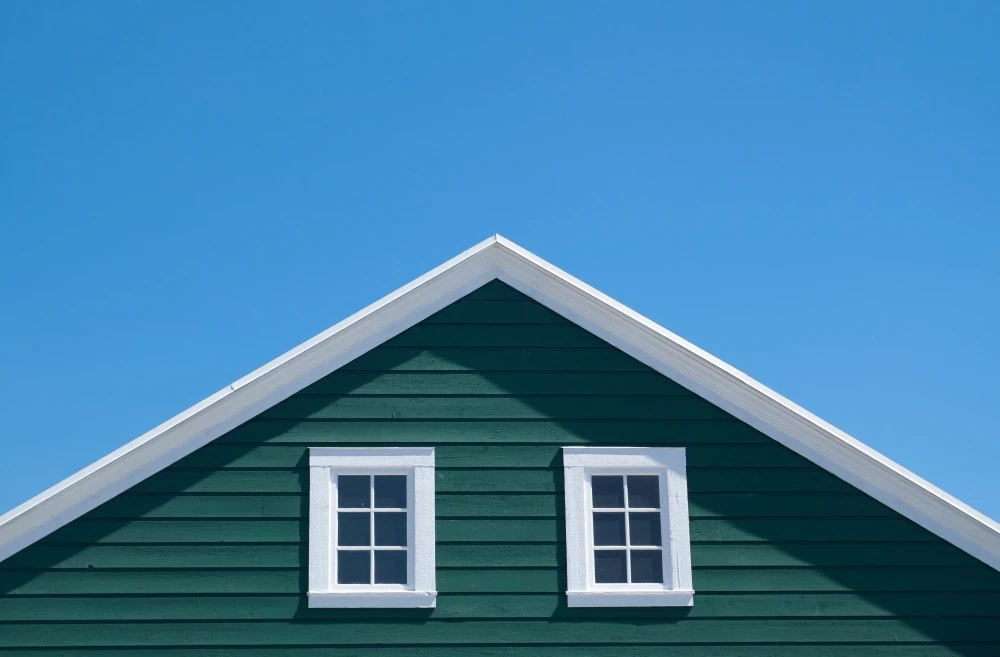
Modular construction is a method of constructing a structure offsite under controlled plant conditions before transporting and assembling it at its ultimate location. This style of construction can include a variety of building types and floor patterns.
Modular construction provides an excellent option for constructing a house, known as modular house on a plot of land, offering advantages such as faster construction, cost-effectiveness, and equal or superior quality compared to traditional stick-built homes.
Manufacturing Process of Modular Houses
Modular homes are off-site prefabricated constructions that are installed on-site and stay secured to a permanent foundation. They are built in portions in a climate-controlled factory and then delivered to their final destination. The components are then assembled like building blocks by a constructor to form the completed home on top of a solid foundation. Below are the six stages of modular house construction explained in a straightforward and easy-to-understand manner:
Planning & Designing
- Determining the size, layout, and other details of your modular house
- Choosing the right materials and finishes of your choice
- Ensuring the compliance with local building regulations
Useful link: Which Materials are mostly used for a Modular House Construction
Module Manufacturing
- Modules of the house are manufactured according to the planned design in climate controlled factory setting
- Quality control measures are ensured during the manufacturing processes.
Prior to laying the foundation of the modular house, thorough site preparation is conducted to ensure the quality and readiness of the construction area.
Transportation of Modules
- Completed modules are transported to the building site using trucks or trailers.
- Efficient logistics ensures safe delivery of the modules for your modular house.
Installation of Modules on Site
- Modules are lifted and placed in position using cranes or forklifts.
- Each module is attached to each other and the foundation ensures proper structural integrity.
Interior & Exterior Finishing
- Electrical, plumbing, and HVAC systems are connected between the modules.
- Finish the interior, including painting, installing flooring, cabinetry, and fixtures.
- Complete the exterior with siding, roofing, windows, and doors.
Quality Inspection
- Conduct thorough inspections to ensure that the modular home meets quality standards and adheres to building codes.
- Address any issues or discrepancies identified during the inspection.
| After completing the modular home inspection, final touches are performed to ensure the necessary touch-ups and adjustments are completed, and the site is cleaned and construction debris is removed. |
How fast can a modular home be completed? According to experts, a modular house can be completed with a focus on quality within a timeframe of 100-250 days.
Read the complete article: https://www.pressmach.com/blog/how-prefabrication-fuelled-the-worlds-fastest-construction-projects
Advantages of Modular Homes over Traditional House Construction
House construction with modular components has various advantages over traditional techniques of construction, including:
- Reduced Construction Delays: Factory manufacturers minimize delays due to severe weather and onsite concerns, ensuring that project completion dates are not compromised.
- Higher Quality Product: Factory conditions enable better operating procedures, monitoring, and a more comfortable working environment, resulting in a higher quality end product.
- Material Efficiency: Factory settings provide for more control over material sources, decreasing waste, expense, and environmental impact. When compared to traditional building, modular construction can save up to 90% on material costs.
- Parallel Construction Processes: Modules can be manufactured concurrently with onsite preparations, such as foundations, expediting the entire construction process.
- Time-saving: When compared to traditional construction methods, modular construction allows different elements of the structure to be produced concurrently, thus reducing project timescales.
- Suitable for Remote Locations: Modular construction is well-suited for remote locations where onsite building may be challenging or expensive. It also makes medical and sanitary provisions more accessible to workers.
- Scalability and adaptability: Modular constructions can be easily enlarged or relocated over time to meet changing needs. They can also be refurbished to meet new demands.
- Durability and Compliance: Modular units are designed to comply with travel and assembly standards, resulting in a more robust finished product than traditional designs. Regulation compliance ensures structural integrity.
- Improved Insulation and Moisture Control: Many modular units include Structural Insulated Panels, which provide superior thermal insulation, damp resistance, and cold resistance as compared to materials such as timber. Moisture-related difficulties are reduced in factory buildings.
- Significant Time and Cost Savings: Modular construction has been demonstrated to save over 50% more time than traditional builds, resulting in significant cost savings.
| Modular houses utilize the same HVAC (Heating, Ventilation, and Air Conditioning), plumbing, electrical, and roofing materials as traditional houses. Builders use high-quality materials that meet the same building regulations as regular residences because these homes are not supposed to be mobile. Inspections are performed to guarantee that a modular home's mechanical parts, such as plumbing, HVAC, and electrical systems, are energy-efficient and built to industry standards. Furthermore, modular homes are created with excellent insulation and tight sealing, providing the same quality facilities as traditionally built homes while saving money. |
Resale Value of Modular Houses
The resale value of a modular home, like that of a brick & mortar home, is determined by a wide range of factors. A modular home has the same resale value as a traditional home. However, it's vital to note that when we talk about modular homes, we're not talking about mobile homes or constructed HUD homes. Modular homes are built on permanent foundations and must follow the same building rules as stick-built homes.
It is difficult to tell a modular home from a regular brick home once it has been erected on its permanent foundation. This similarity in construction quality and respect for building rules adds to modular homes and stick-built homes having comparable resale values.
Location, condition, market demand, area, amenities, and overall real estate market conditions are all factors that might influence the resale value of a modular home, just like any other property.
Future of Modular Housing: Why You Should Consider Buying One?
Modular homes are expected to have a considerable impact on the housing market in the future, making them an appealing option for prospective homebuyers. As the building business evolves, modular construction offers various benefits that make it an appealing option. For starters, modular homes have shorter building timetables, allowing homeowners to move into their new homes sooner. This efficiency is especially useful in alleviating housing shortages and satisfying the increasing demand for inexpensive homes.
Second, the modular design improves sustainability by reducing material waste and increasing energy efficiency. This is consistent with the growing emphasis on eco-friendly and energy-efficient living. Furthermore, the modular house's flexibility and customization possibilities make it adaptable to changing needs and tastes, providing long-term value. Prospective purchasers should seriously consider modular homes as a forward-thinking and sustainable dwelling alternative in light of these future implications.
Conclusion
In short, Modular Homes are worth the money due to their many benefits compared to traditional housing. Modular houses utilize the same HVAC (Heating, Ventilation, and Air Conditioning), plumbing, electrical, and roofing materials as brick mortar homes. Builders use high-quality materials that meet the same building regulations as regular residences because these homes are not supposed to be mobile. Inspections are performed to guarantee that a modular home's mechanical parts, such as plumbing, HVAC, and electrical systems, are energy-efficient and built to industry standards. Furthermore, modular homes are created with excellent insulation and tight sealing, providing the same quality facilities as traditionally built homes.
Your Requirements
Related
Blogs



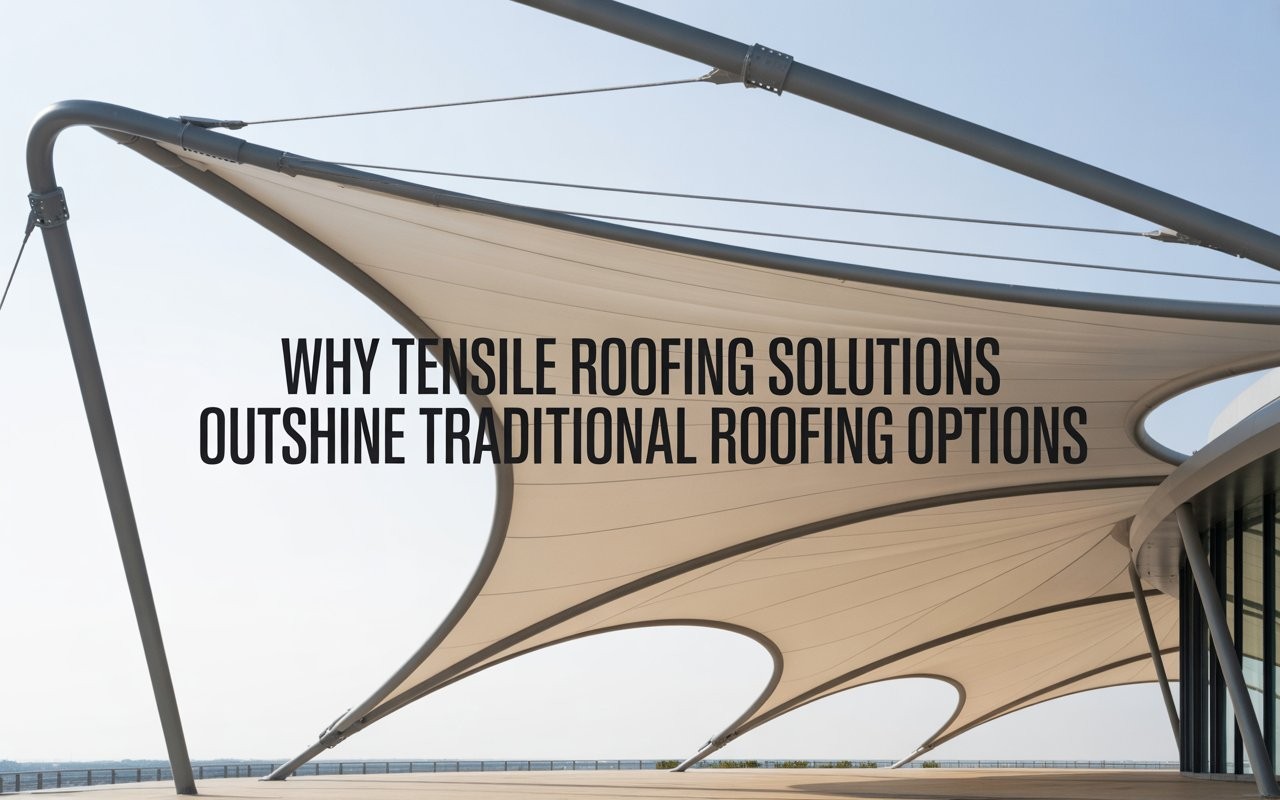
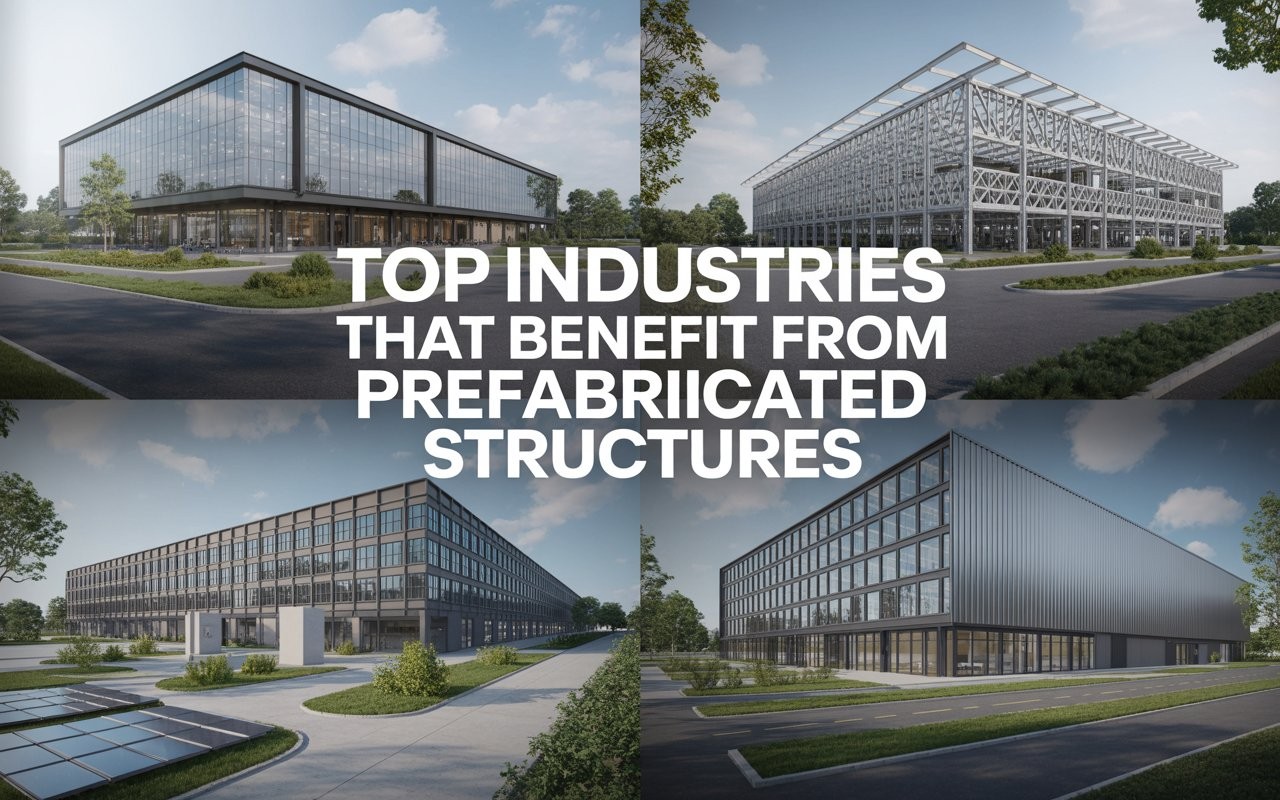
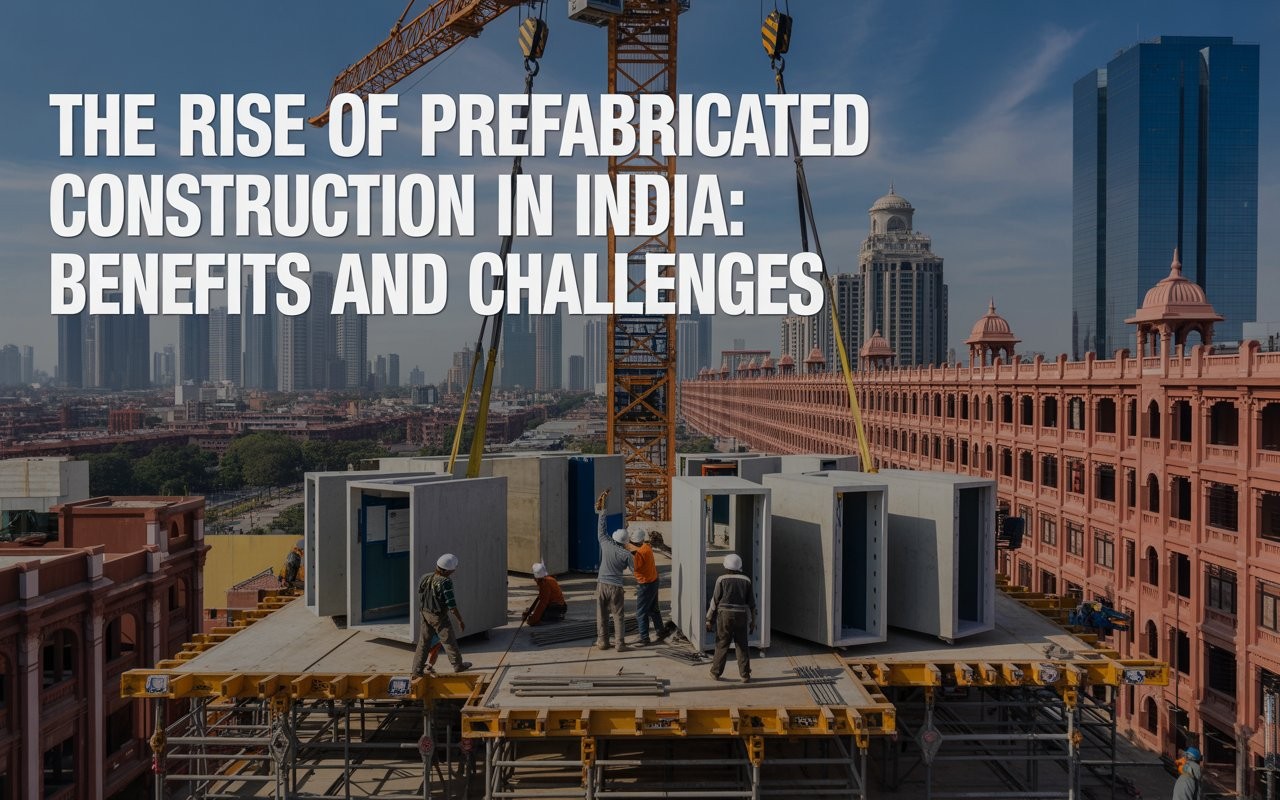
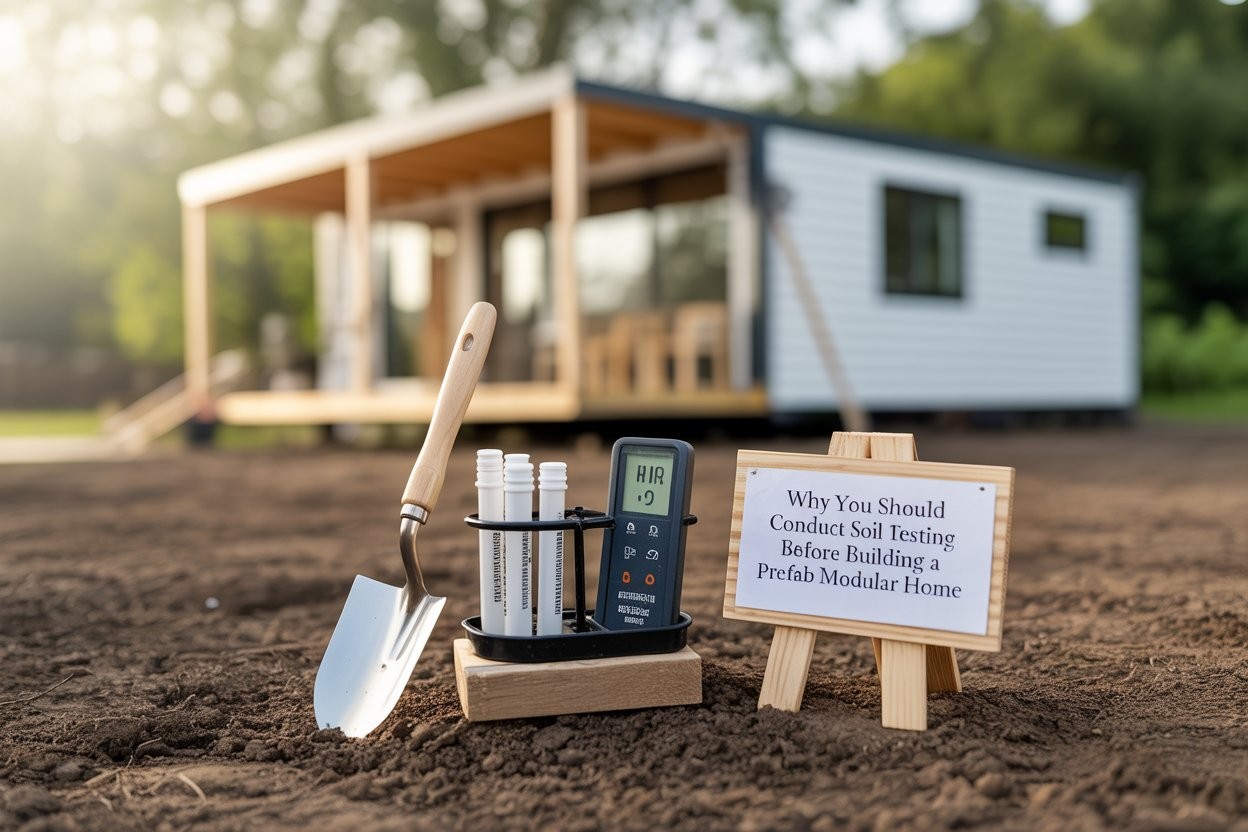
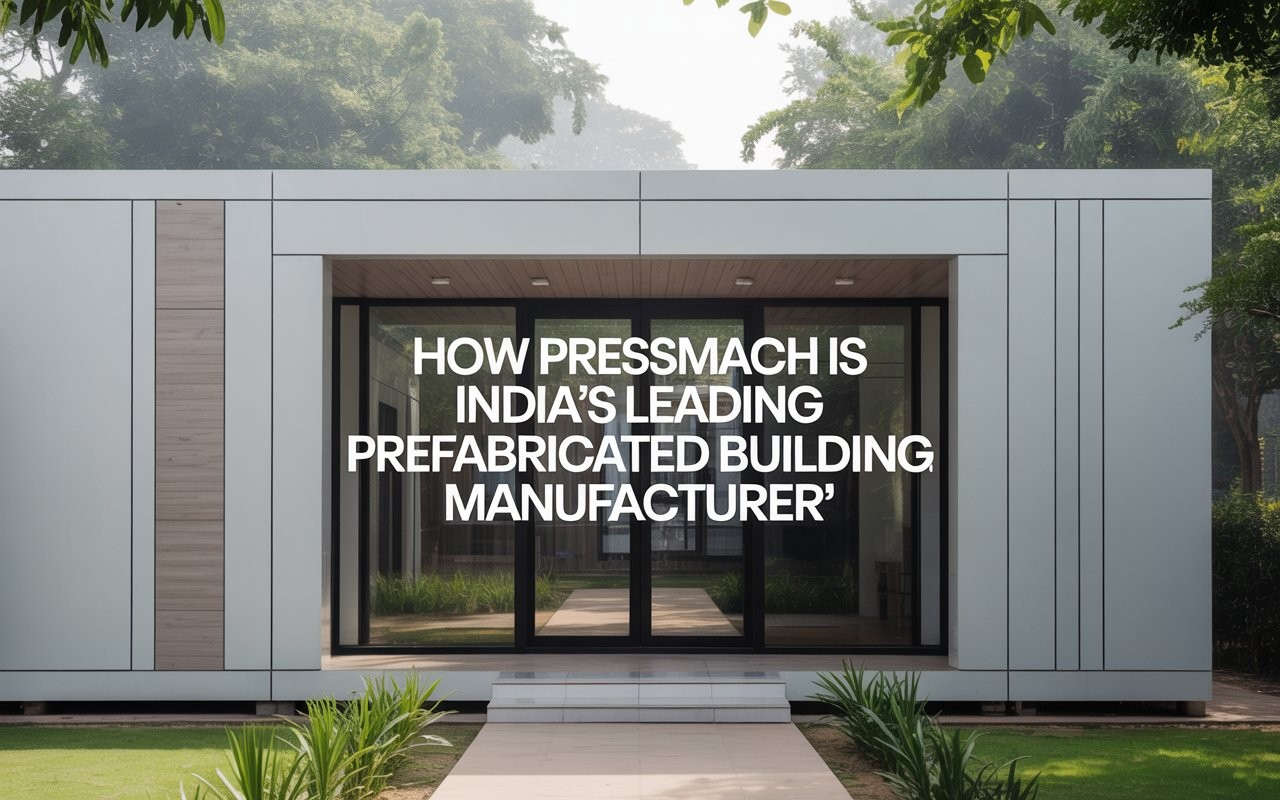
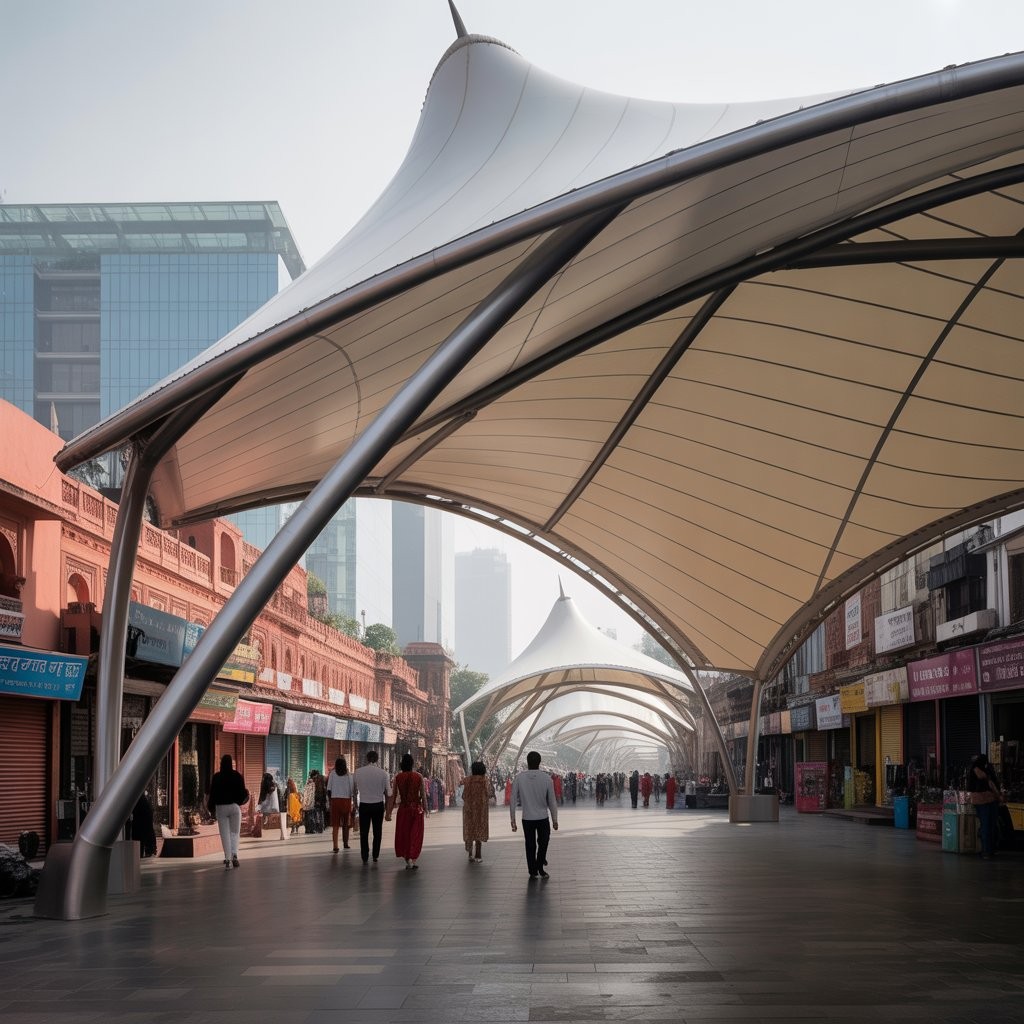
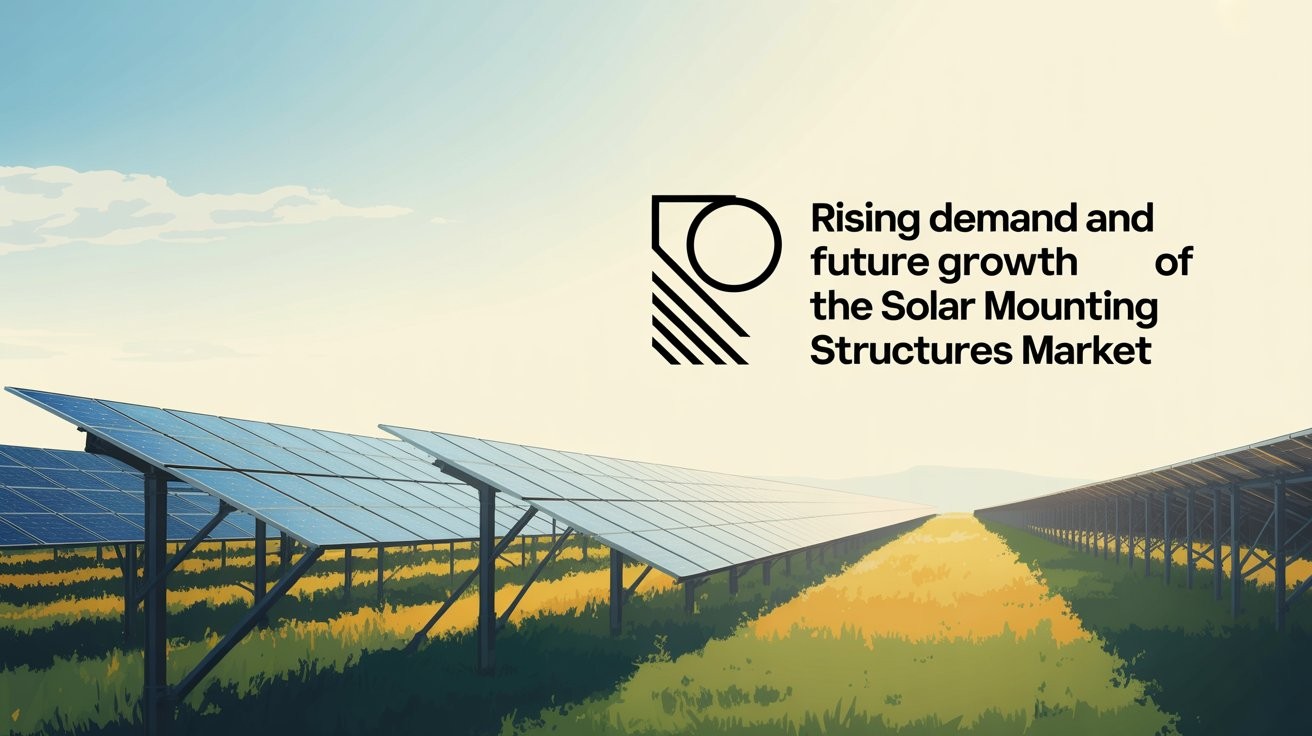
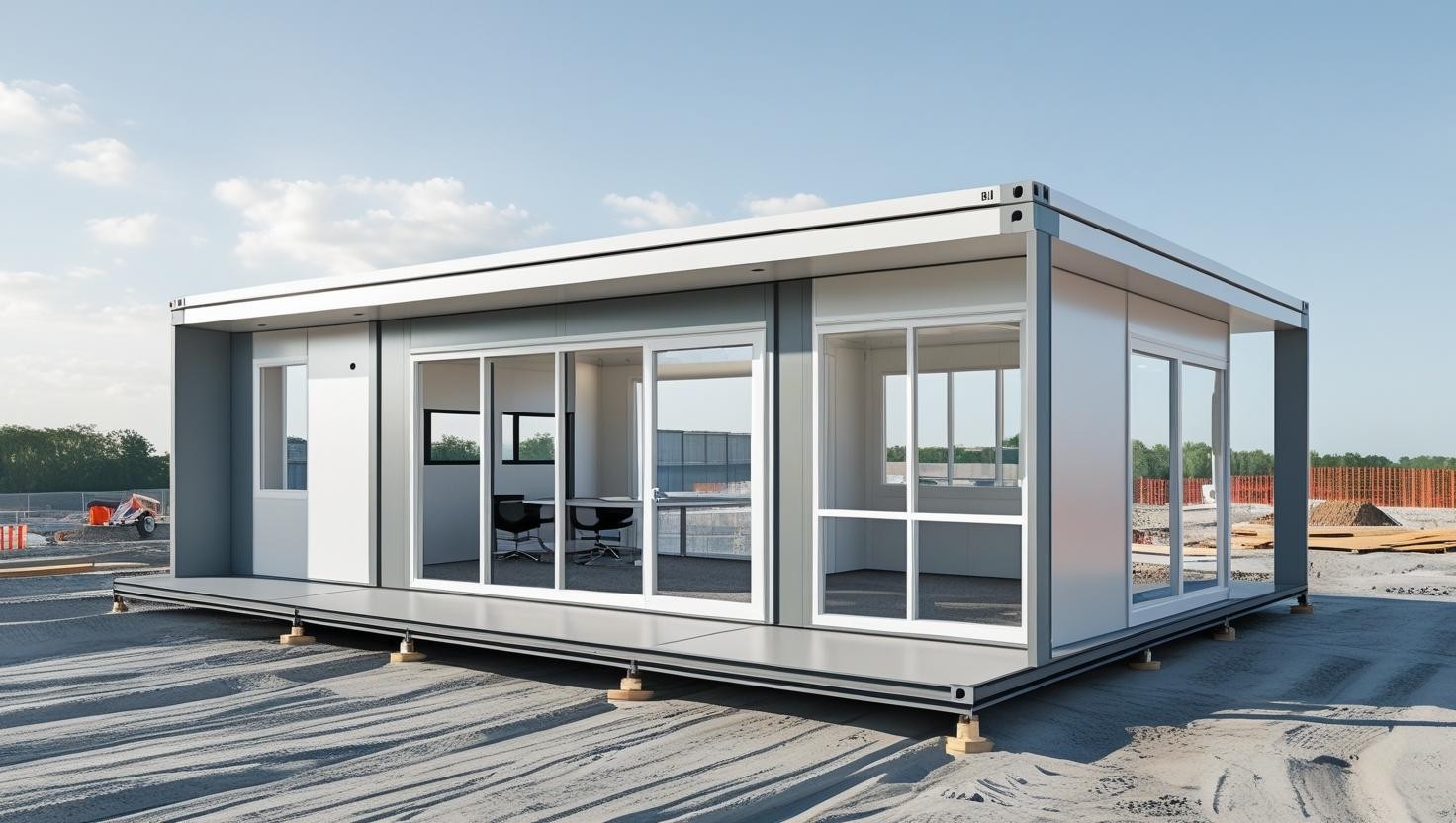
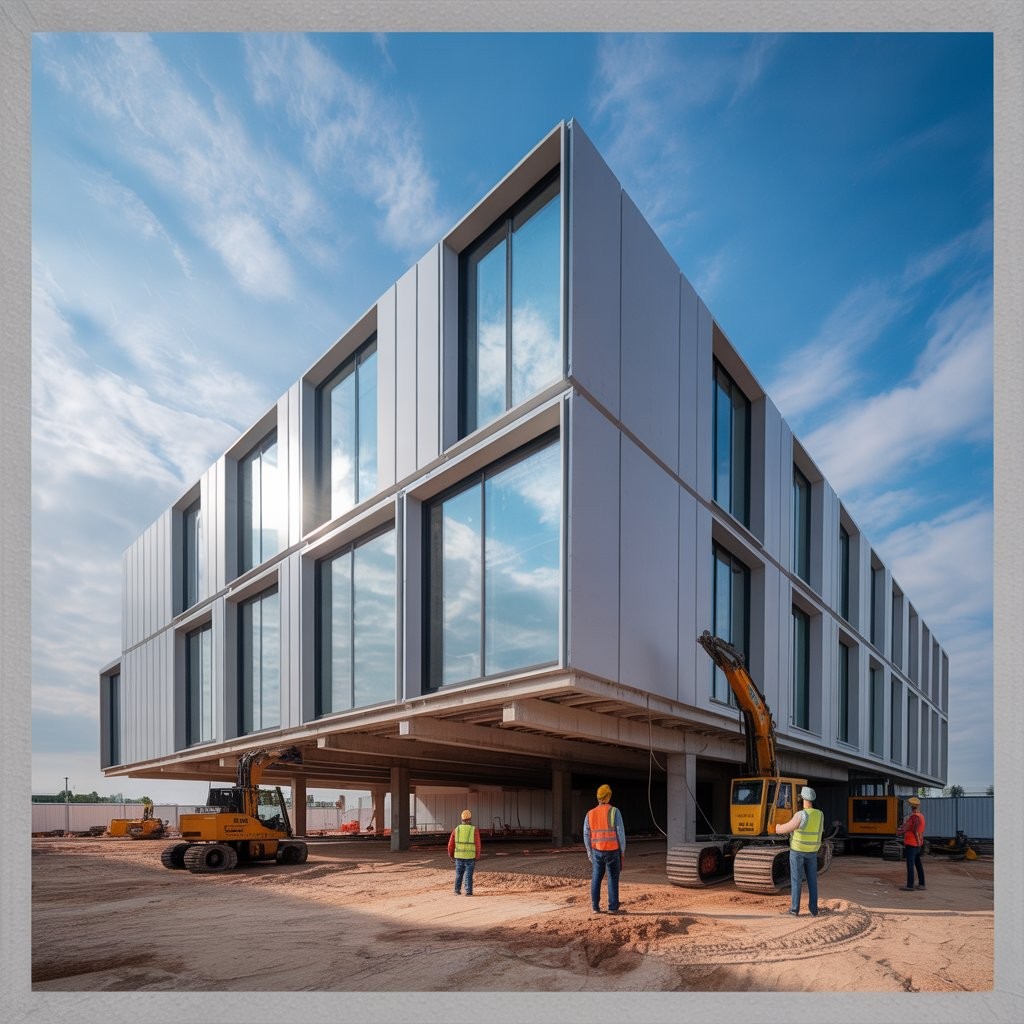










6790c3d8f29a2.jpeg)

























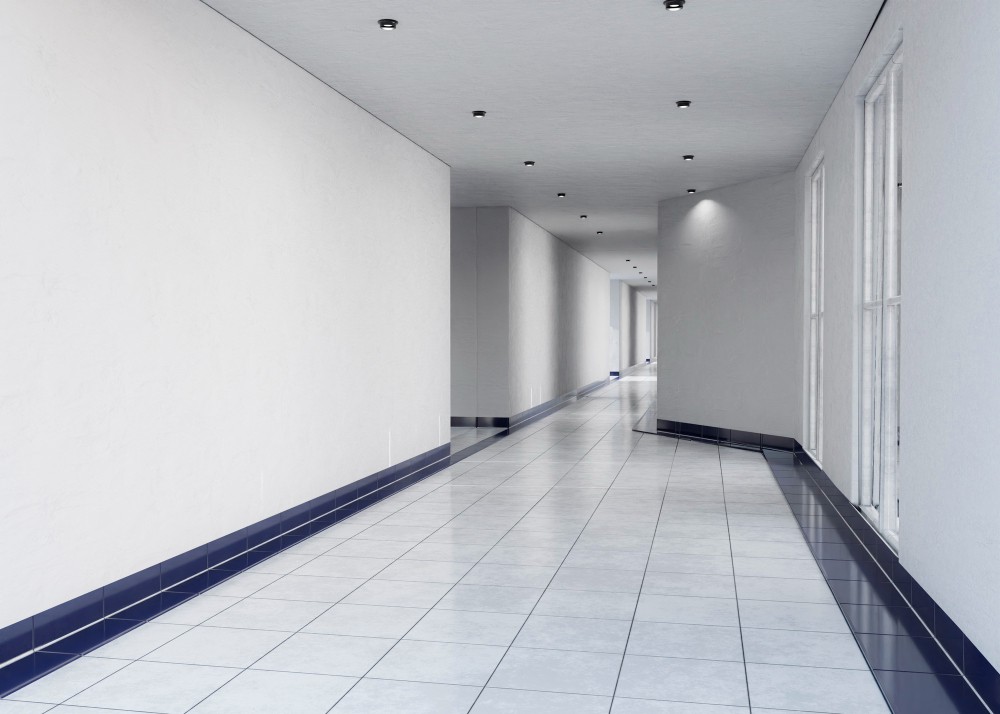
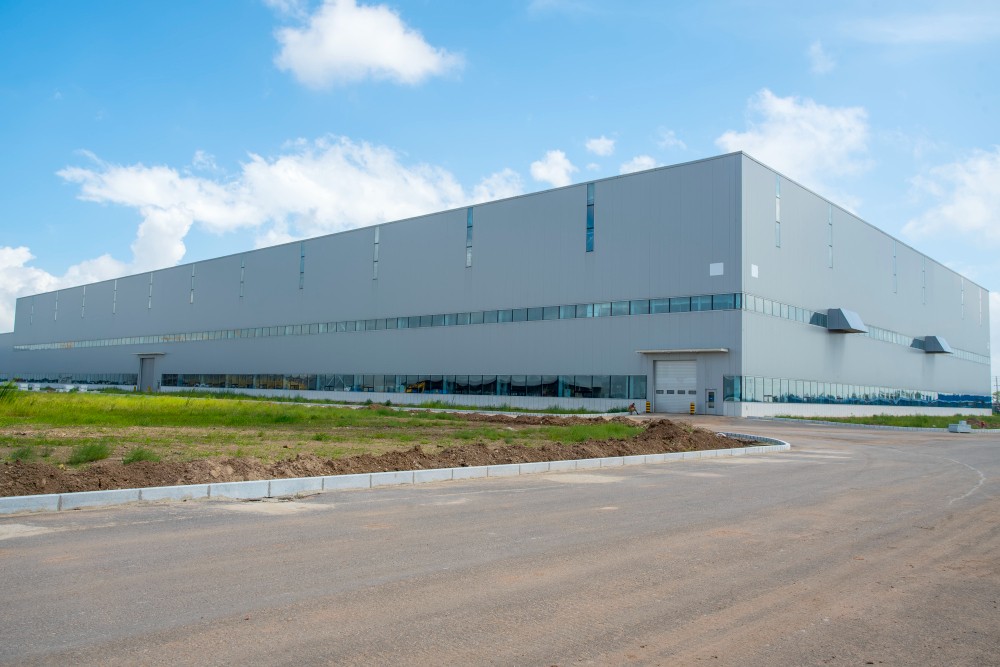

65cf4d38697f9.webp)
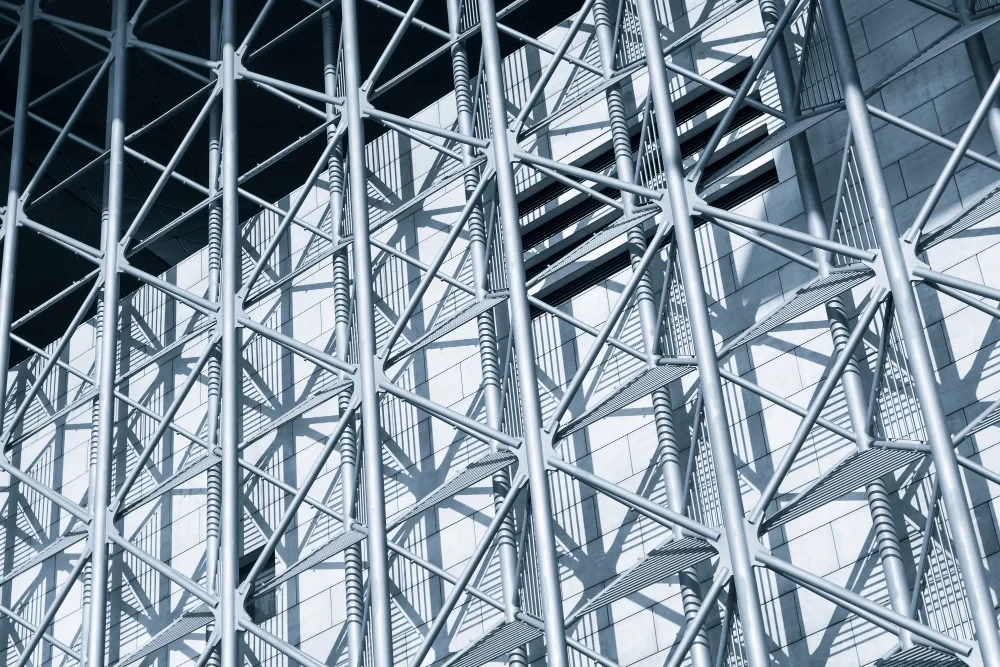
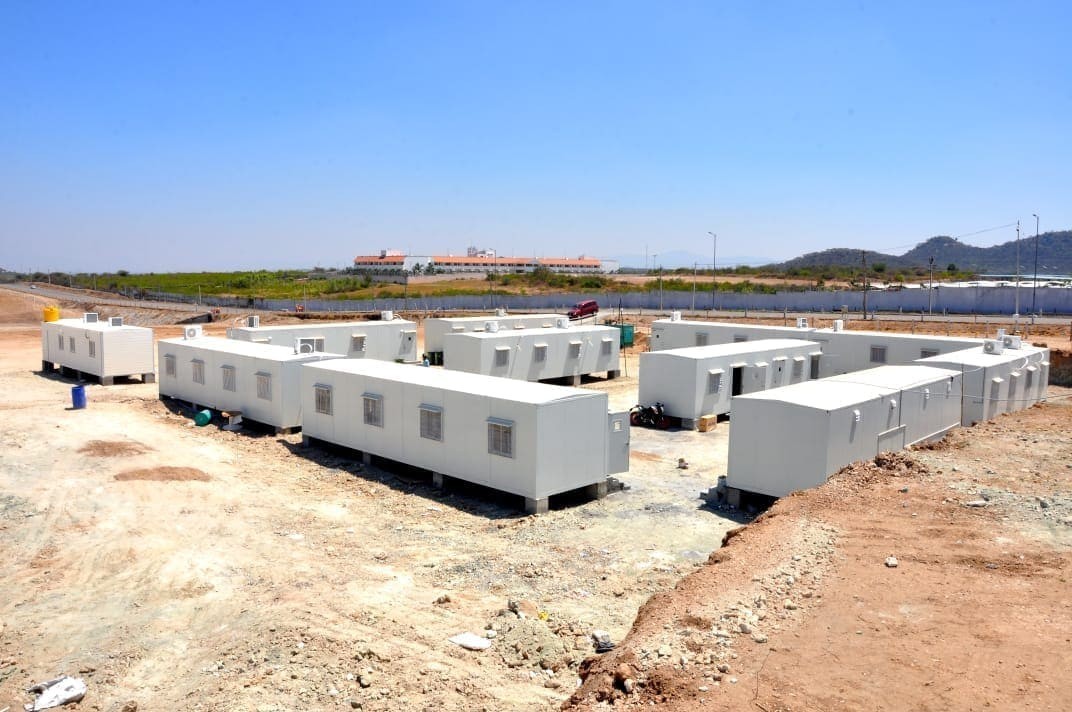
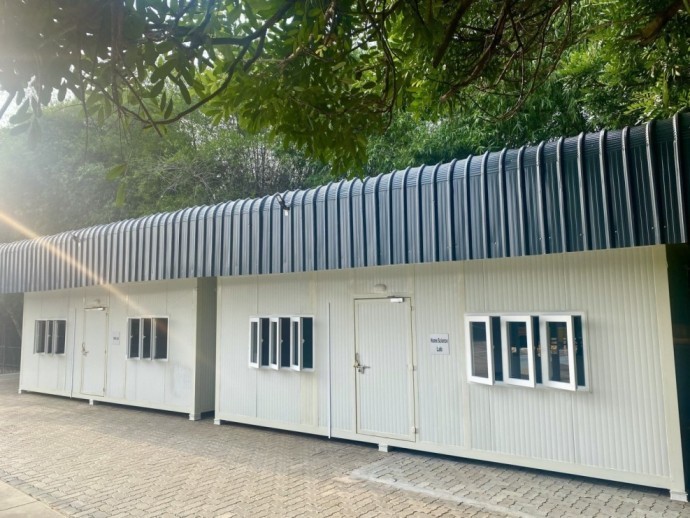
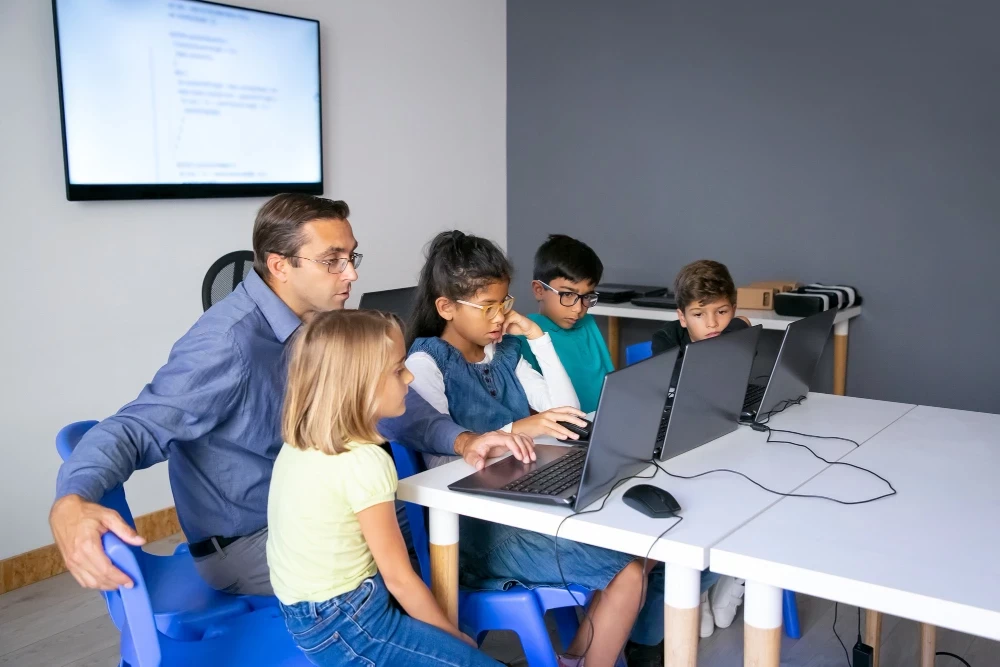

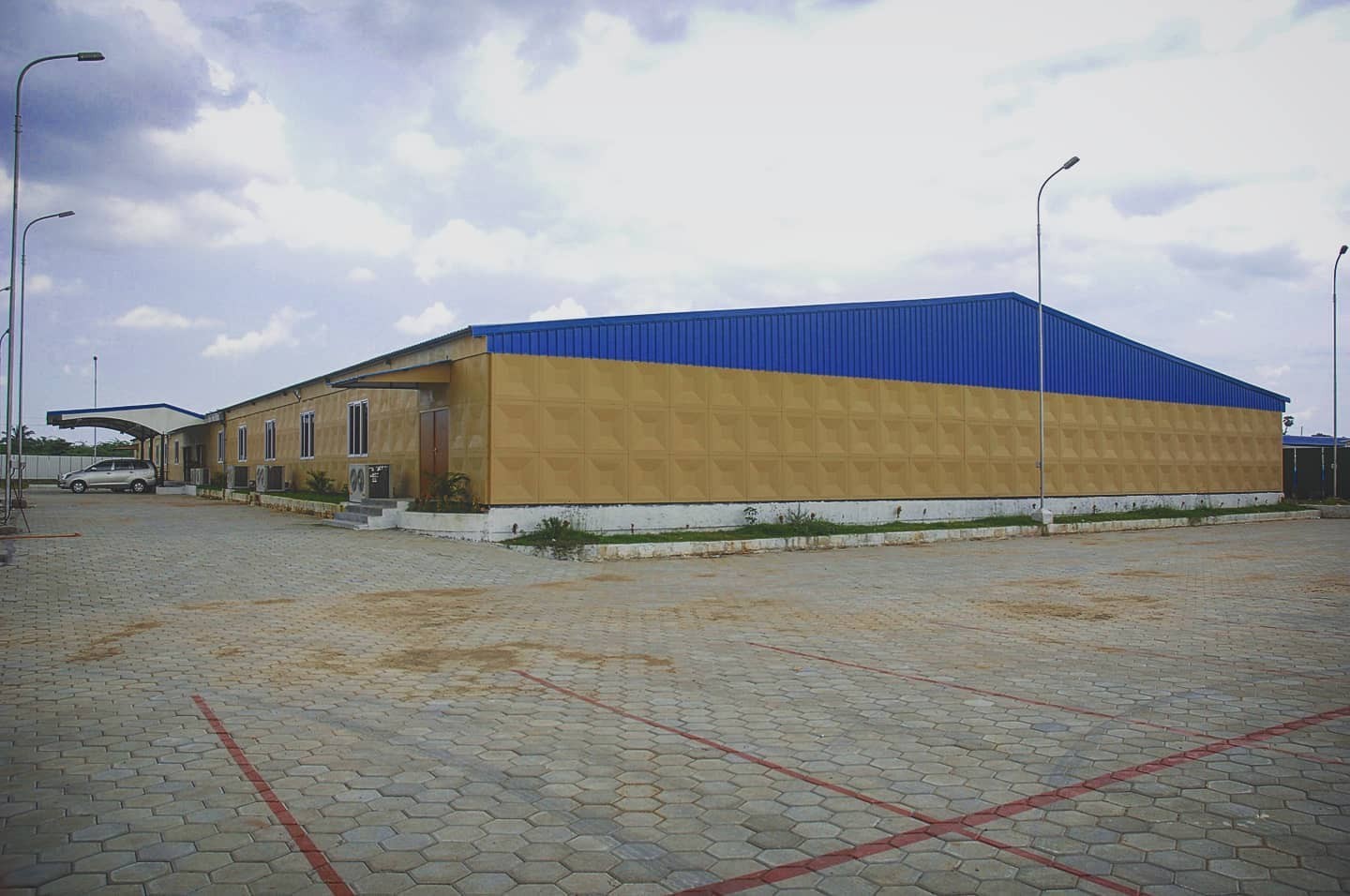
65cf65f046eed.webp)
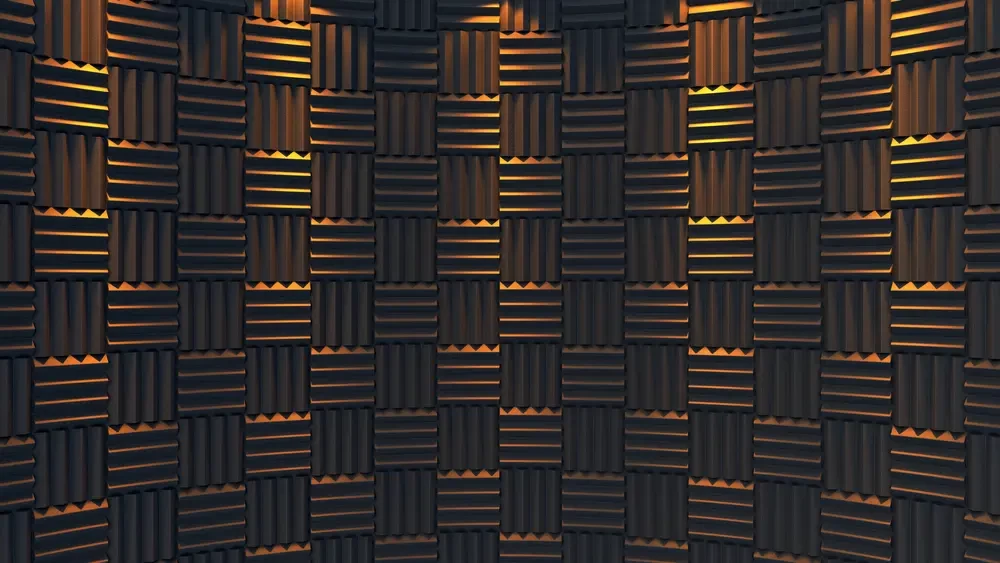
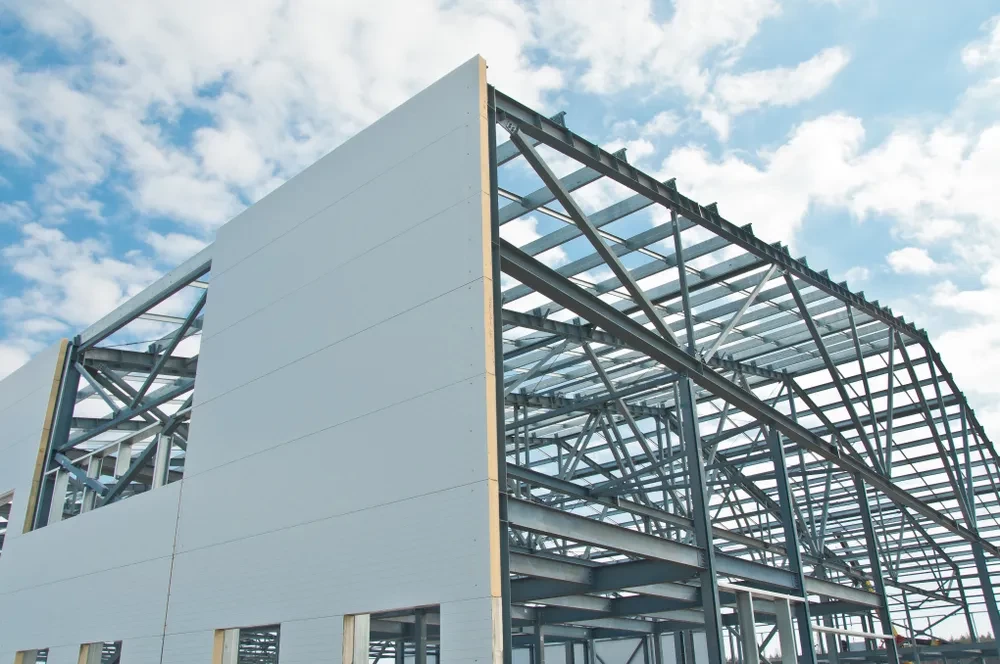
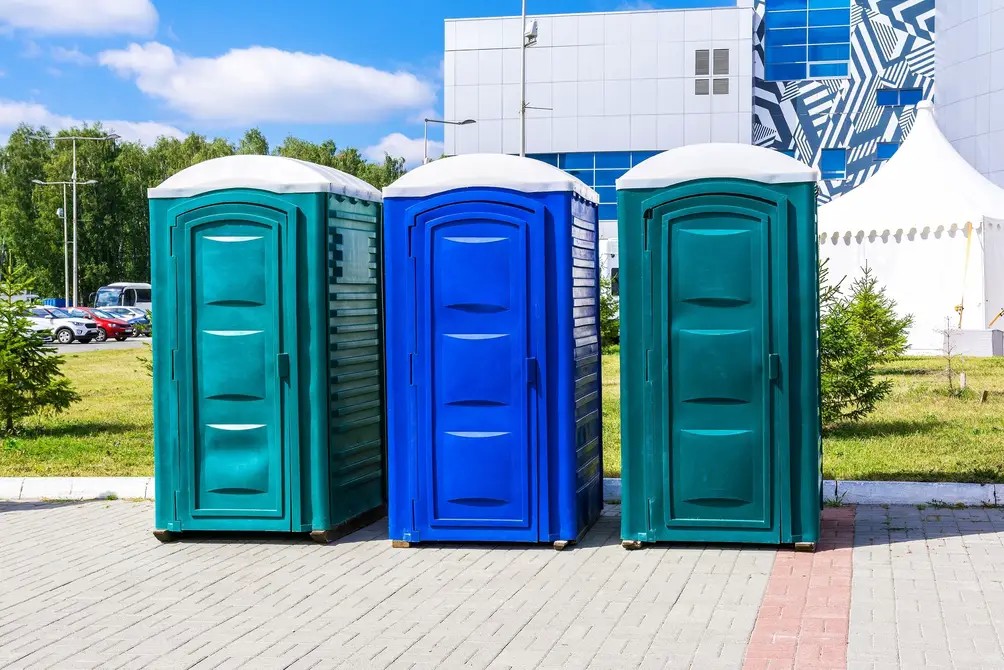
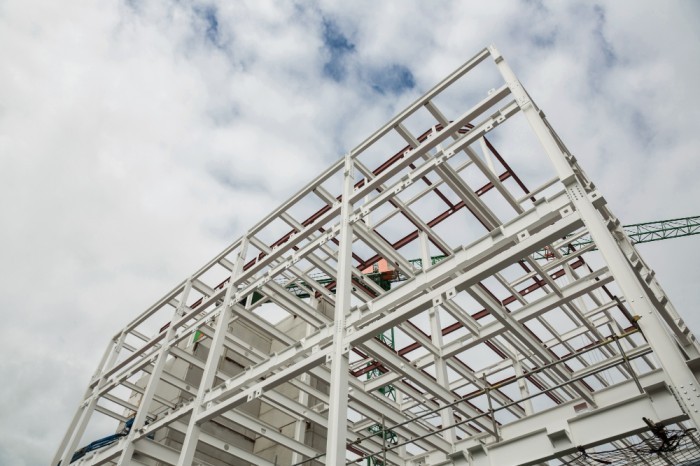
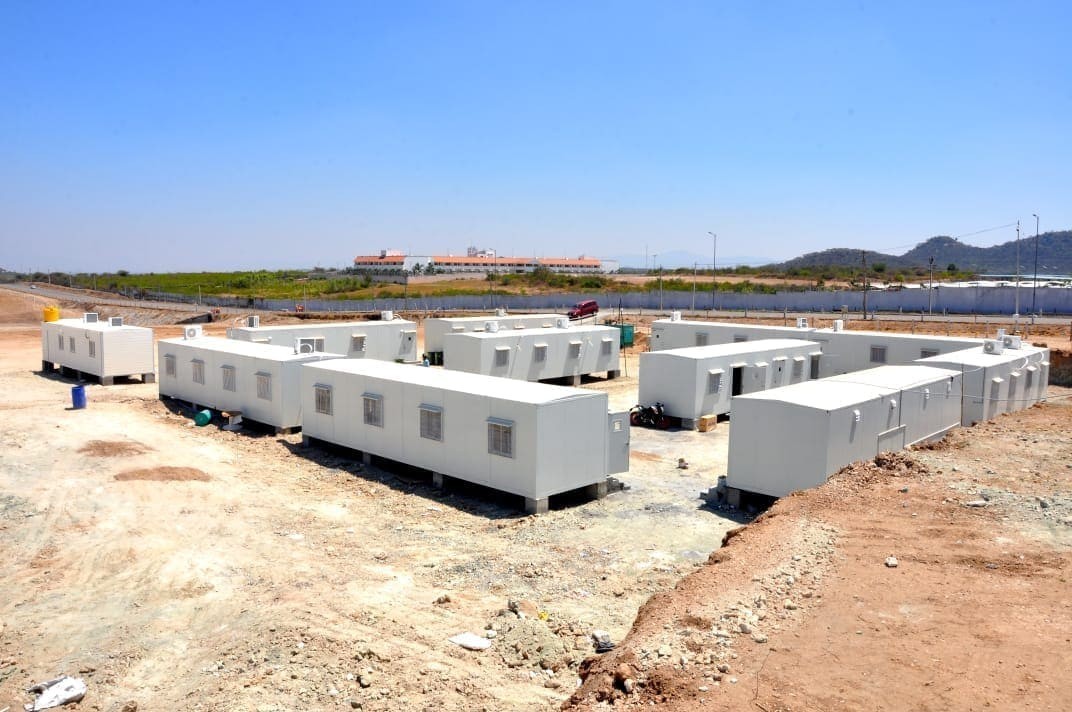
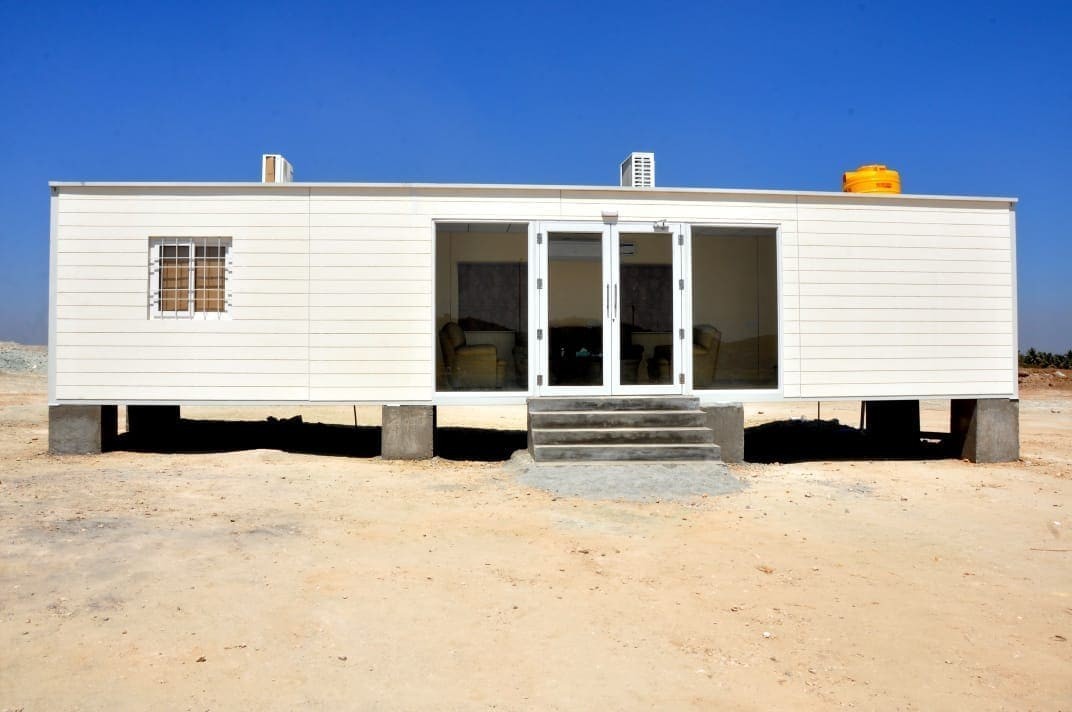
64afe3444467b.jpeg)
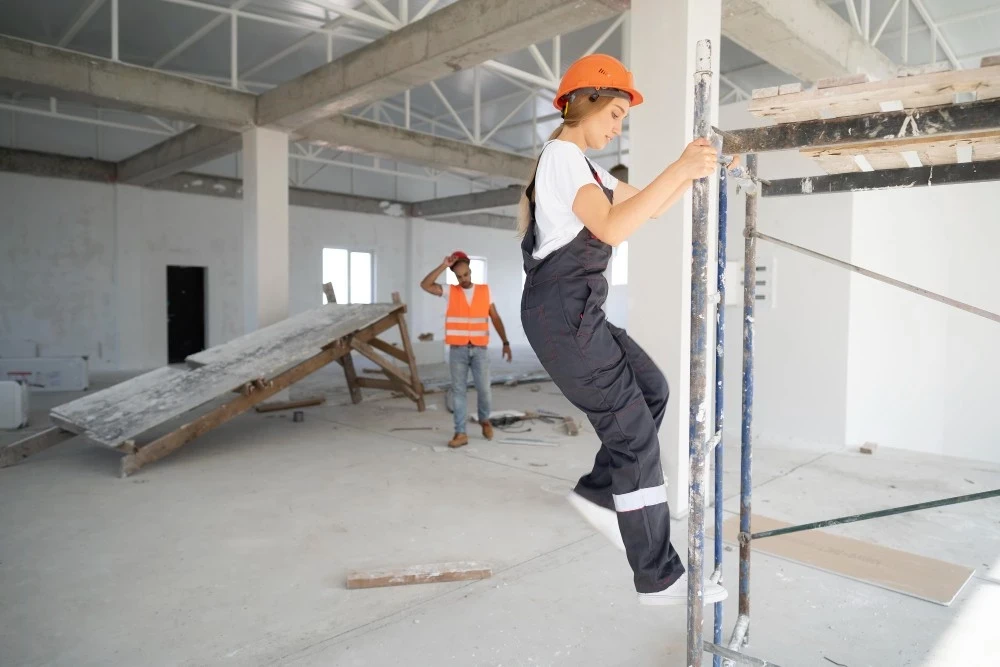
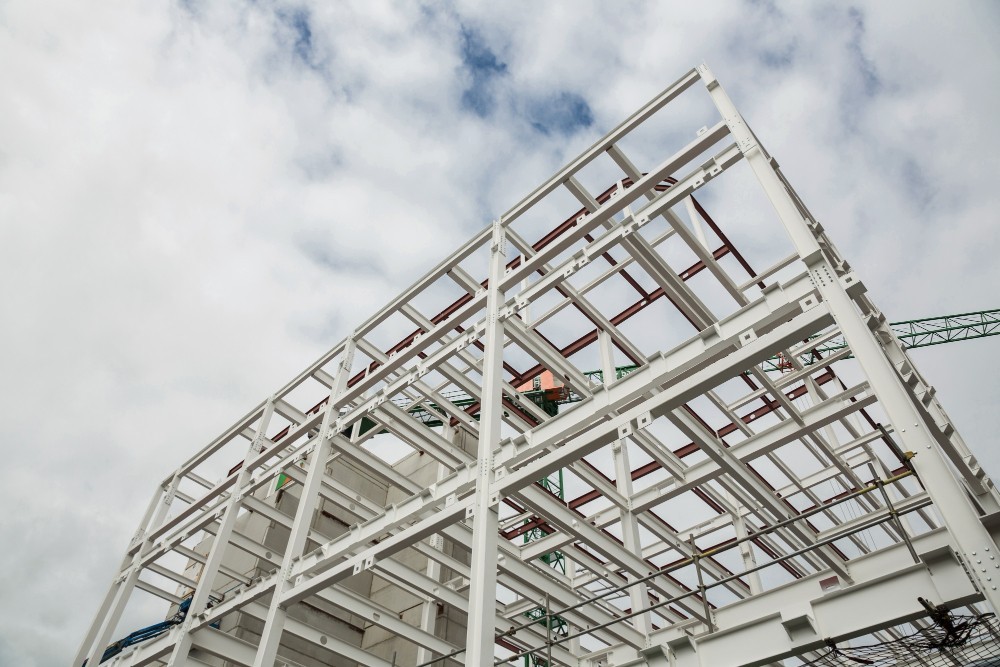
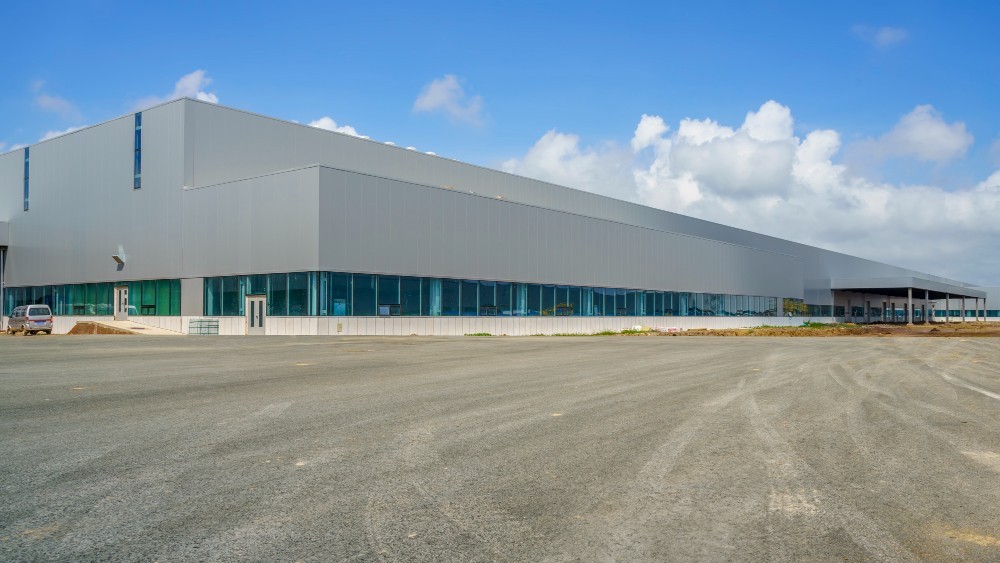
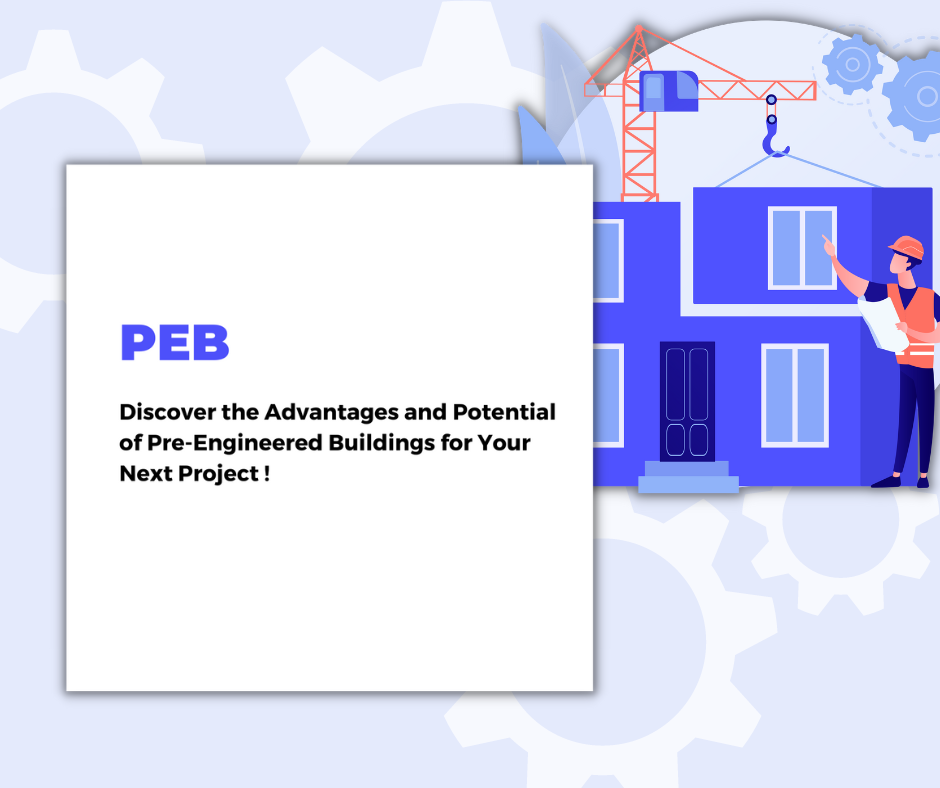
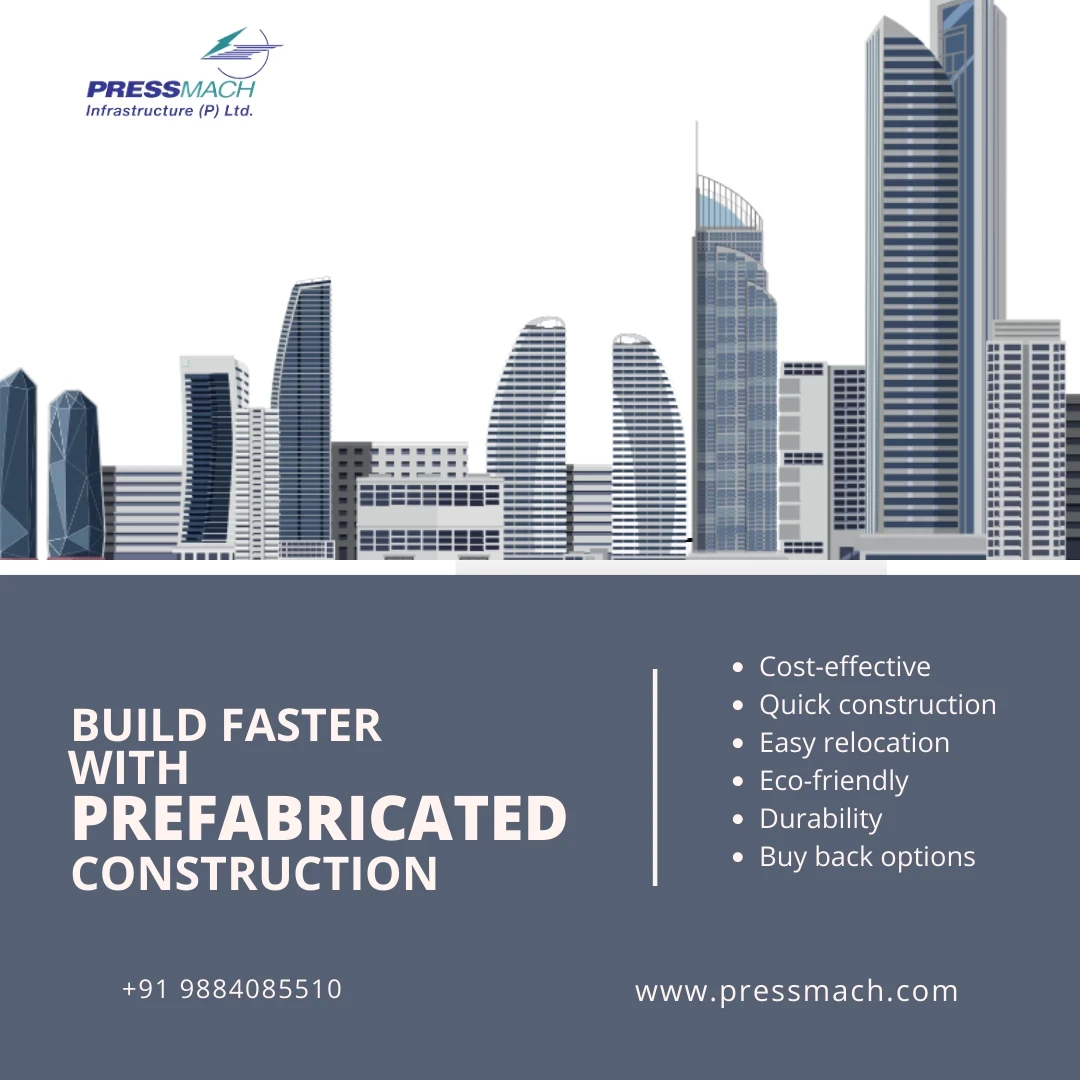
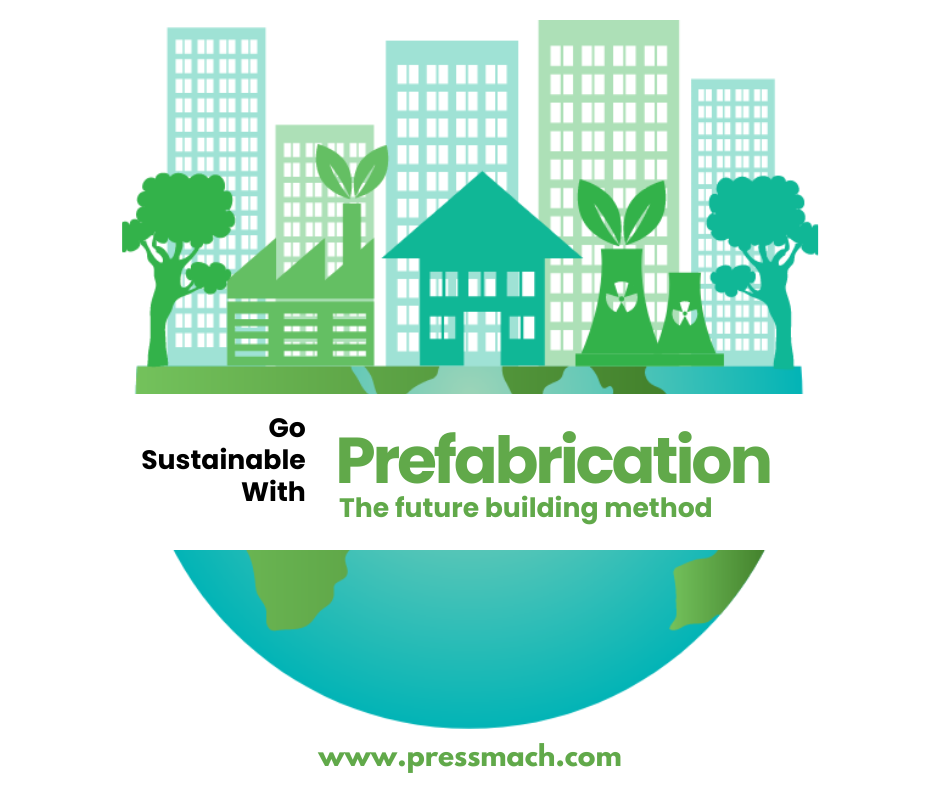
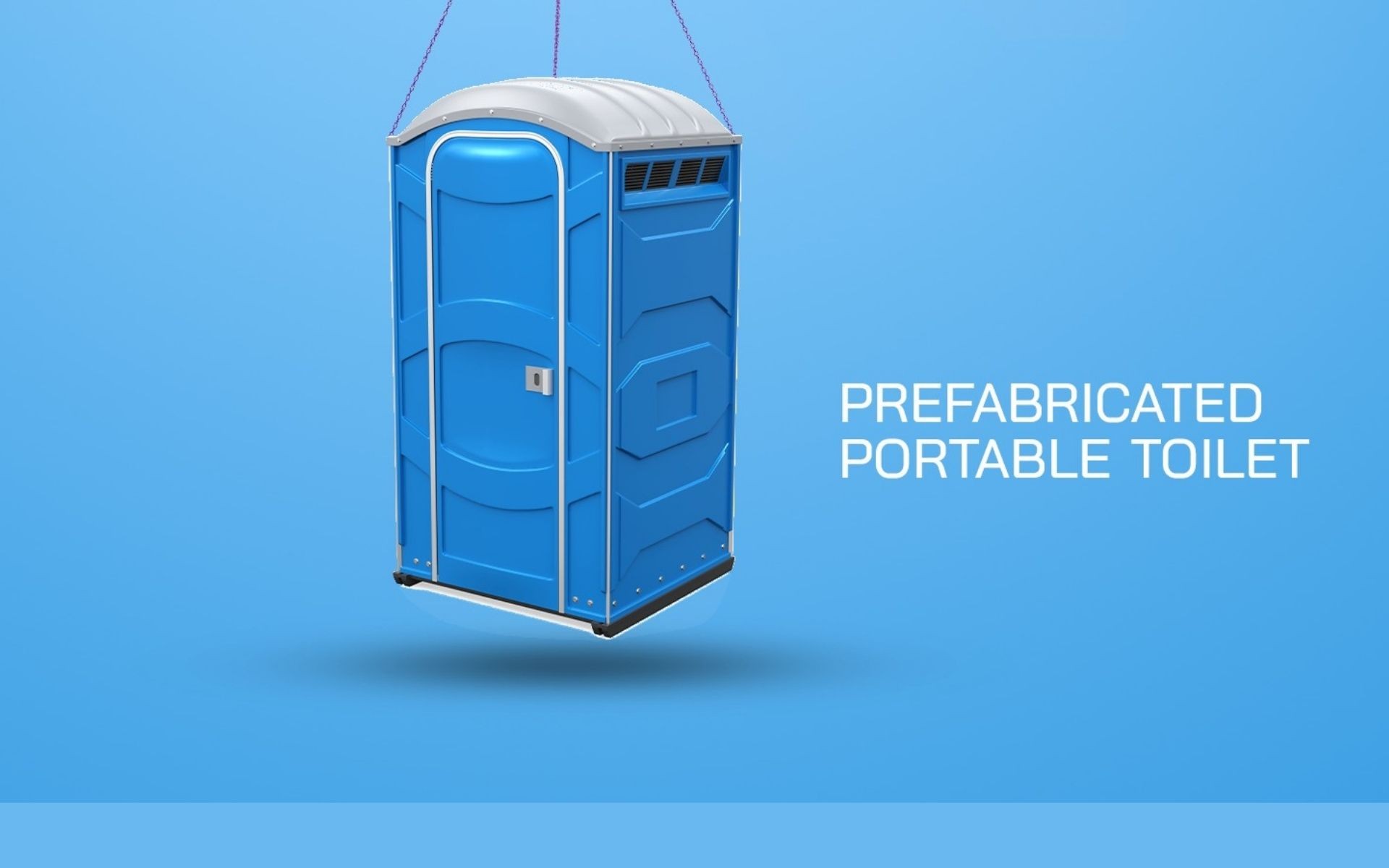

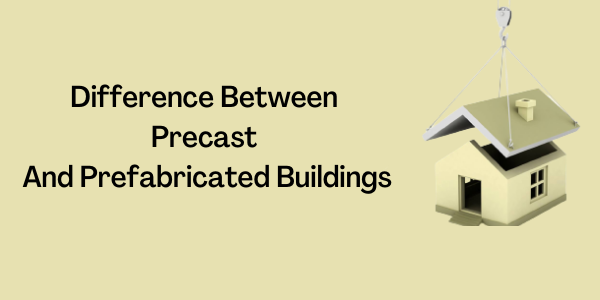
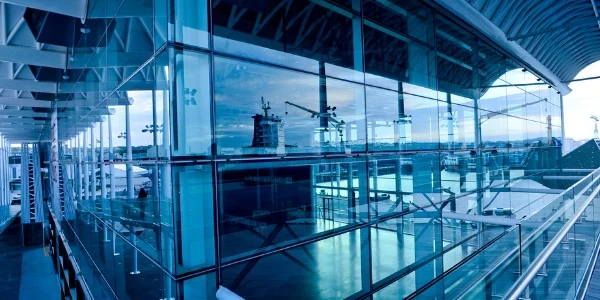


 site office front view622f00119ba65.jpg)

6349487807893.jpeg)